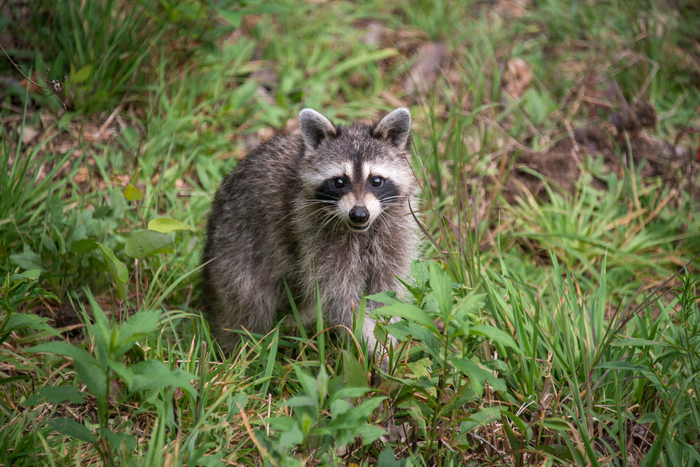You hear a lot about resilience these days—for good reason. Our planet is undergoing profound ecological and climatological change, and we are now unequivocally in a geochemically distinct epoch (Anthropocene) with its own unique signature of human-produced aluminum, concrete, and plastics—direct by-products of the “Great Acceleration of population growth, industrialization, and mineral and energy use” (Waters et al. 2016: 2622). The resilience of species—including human—to this Great Acceleration has received considerable attention of late by social scientists, although the concept as applied to ecological systems has been around for several decades. As originally conceived by Holling (1973), ecologists define resilience as “the capacity of a system to absorb disturbance and reorganize while undergoing change so as to still retain essentially the same function, structure, identity, and feedbacks” (Walker et al. 2004: 5). However, it is not my goal to explore resilience per se; many superb reviews and analyses already exist (e.g., Jacka 2015). Instead, here I explore the irony of resilience from the perspective of human antipathy toward “pest” species.
Read More “Regeneration of Human-Modified Landscapes: The Irony of Antipathy to Resilient Animals”

